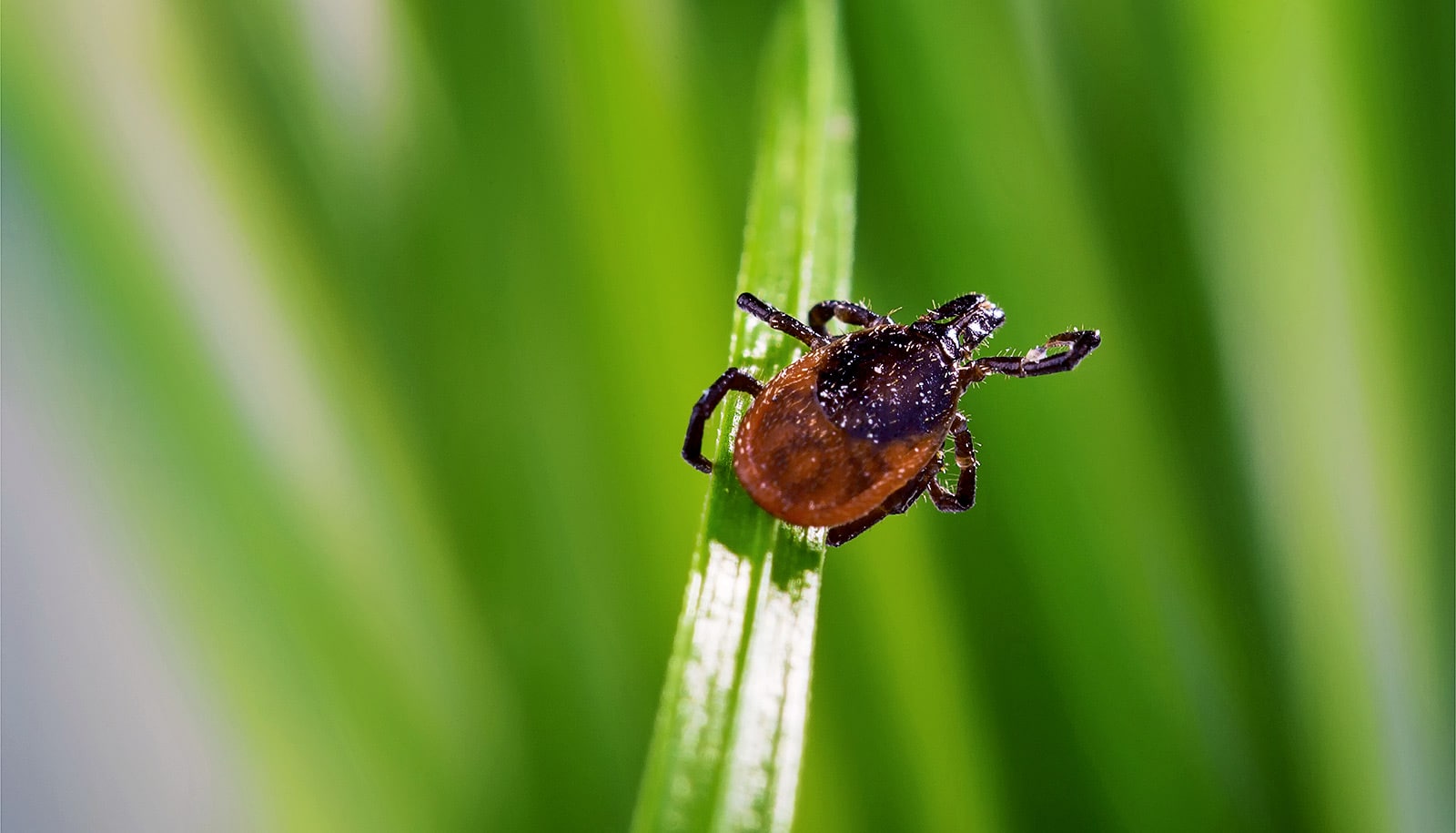Some Lyme disease patients experience symptoms long after they are supposedly free of the disease and the bacterium that causes it, researchers have confirmed in a new study.
“People have been comparing apples to oranges by grouping all of those with chronic Lyme disease together…”
“Post-treatment Lyme disease syndrome is a real disorder that causes severe symptoms in the absence of clinically detectable infection,” says John N. Aucott, associate professor of medicine and director of the Lyme Disease Clinical Research Center at Johns Hopkins University.
As Lyme disease prevalence has increased in the United States since it was first recognized in the mid-1970s, so have reports of symptoms that patients commonly refer to as chronic Lyme disease. Experts have questioned the term because of a lack of direct evidence that the patients have ongoing infection by Borrelia burgdorferi, the bacterium that causes Lyme disease.
Efforts to understand the lingering symptoms have largely failed, says Aucott, because the umbrella term “chronic Lyme disease” encompasses various subgroups of patients.
“People have been comparing apples to oranges by grouping all of those with chronic Lyme disease together,” he says. “Our study was designed to compare apples to apples.”
Narrowing the definition
To begin to do that, Aucott and colleagues first studied PTLDS, defined as significant fatigue, widespread musculoskeletal pain, and/or cognitive difficulties that arise within six months after antibiotic therapy for physician-documented Lyme disease and that last for at least six months.
An estimated 300,000 people in the United States are diagnosed each year with Lyme disease, which infected ticks transmit, according to the Centers for Disease Control and Prevention. Studies have reported 5 to 30 percent—a wide range—go on to experience PTLDS.
The researchers recruited 61 confirmed Lyme patients and 26 healthy controls, the latter with no clinical history of Lyme disease symptoms and no antibodies to Borrelia burgdorferi that would indicate past or current infection.
Participants received a physical exam and a neurological assessment. Laboratory tests checked for general markers of health in their blood as well as antibody markers of past exposure to Lyme disease. Participants also answered standardized questions about symptoms and quality of life.
Climate change could cause tick population boom
There were few clinically significant differences between PTLDS patients and controls in physical exams and laboratory tests, except for an abnormal inability to sense vibrations in some PTLDS patients. Diminished vibratory sensation has been found in other studies of Lyme disease.
“By and large, all the test and exam results from both the PTLDS patients and the healthy controls were not statistically significantly different by group, including their blood tests and physical exams.” Aucott says. “We found no truly objective markers of PTLDS on any of these clinically available tests.”
Severe symptoms
There were, however, significant differences in questionnaire results. About 50 percent of PTLDS patients reported severe fatigue, 28 percent reported severe pain, 23 percent reported severe cognitive complaints, and 31 percent reported severe sleep difficulty. None of the healthy controls reported any severe PTLDS symptoms.
The researchers also found 19 other severe symptoms that were significantly more prevalent among PTLDS patients than among controls. These included sleep difficulty, neck pain, numbness or tingling in hands or feet, irritability, low back pain, and headache.
Drug from tick spit may treat HIV-related heart disease
PTLDS patients also had significantly higher scores in a measure of depression and significantly lower scores on health-related quality of life.
“Even though their exams and lab tests didn’t show much in the way of a common or clear biological marker or markers of PTLDS, it’s clear these patients don’t feel well,” says coauthor Kathleen Bechtold, associate professor of physical medicine and rehabilitation at the Johns Hopkins University School of Medicine. “These symptoms are more severe than what the average non-PTLDS patient is experiencing even on a bad day.”
The findings show distinct differences between PTLDS and the normal aches and pains of daily life, Bechtold adds. Even with no objective laboratory or exam markers, she says, the results of this study suggest that PTLDS can be diagnosed through careful and thorough examination of symptoms.
The researchers report their findings in the journal Frontiers in Medicine.
Source: Johns Hopkins University



